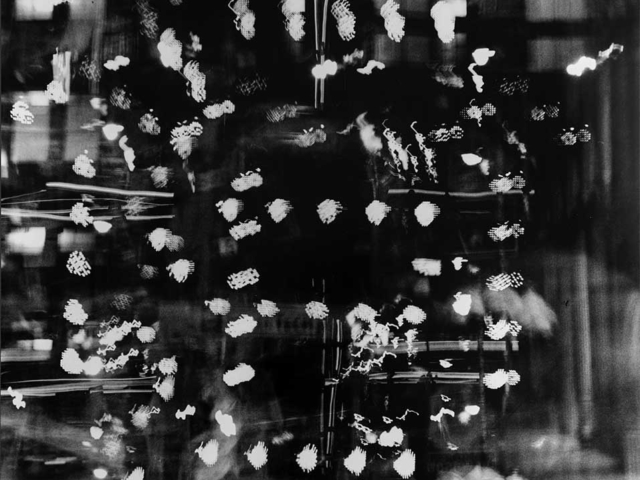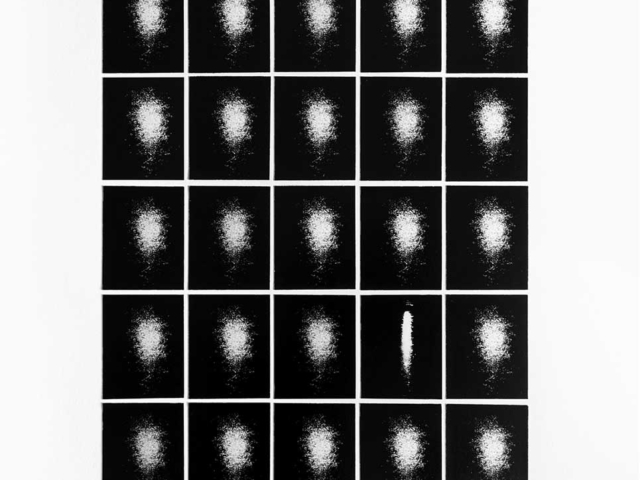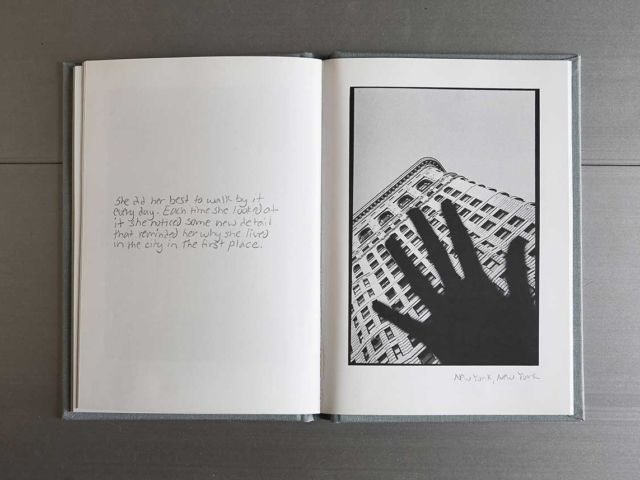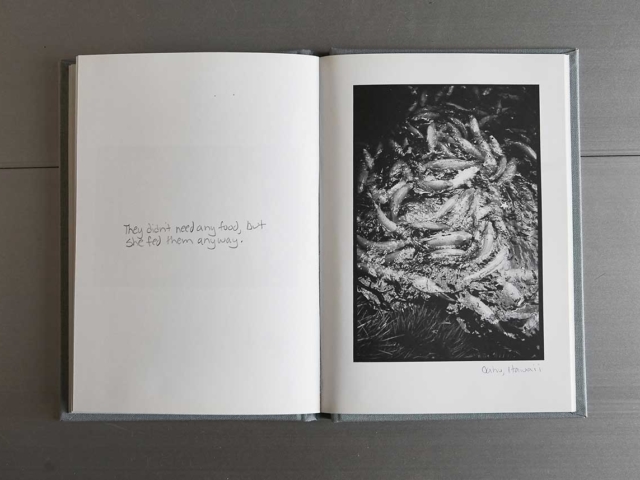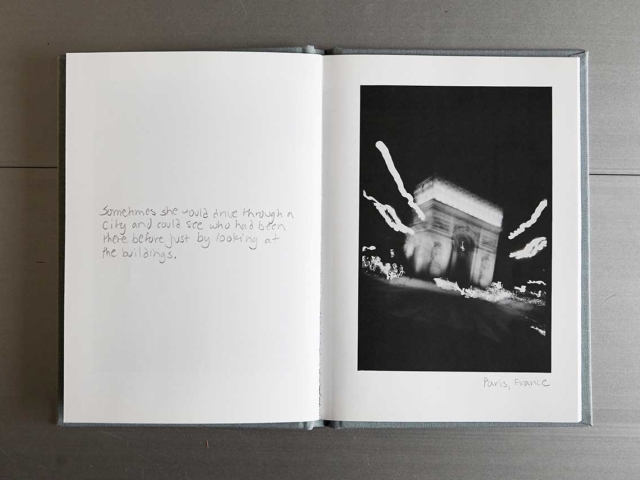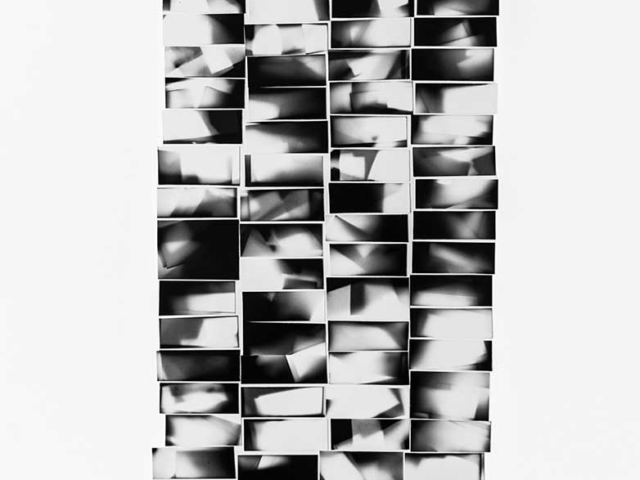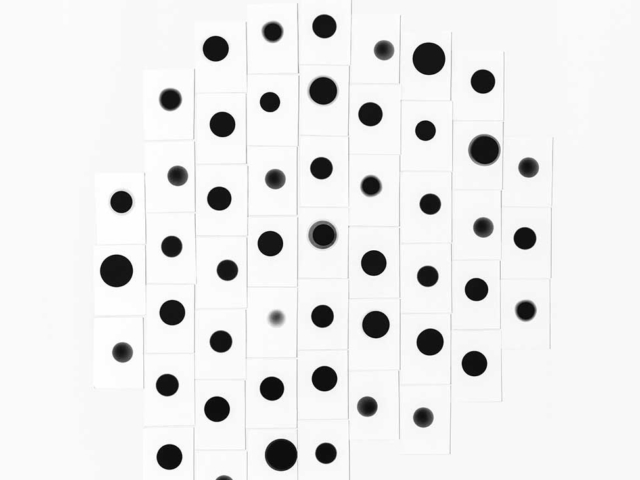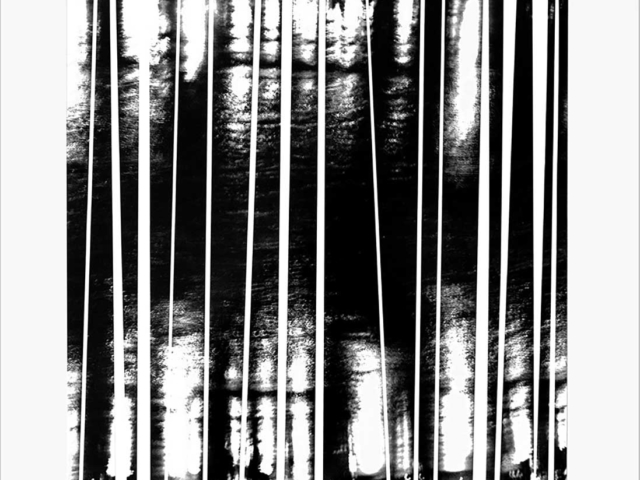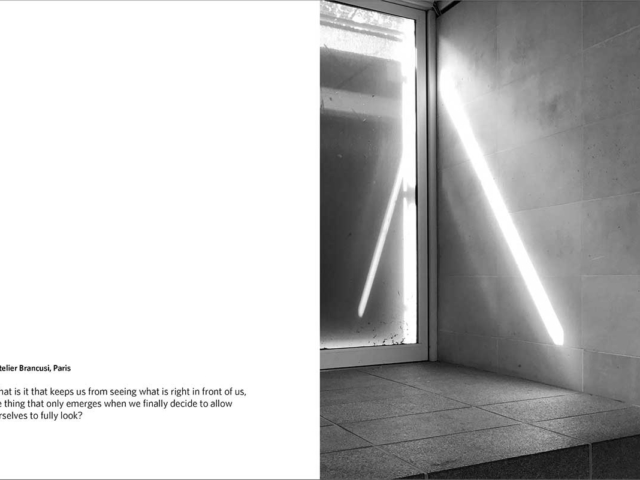Joanne Dugan
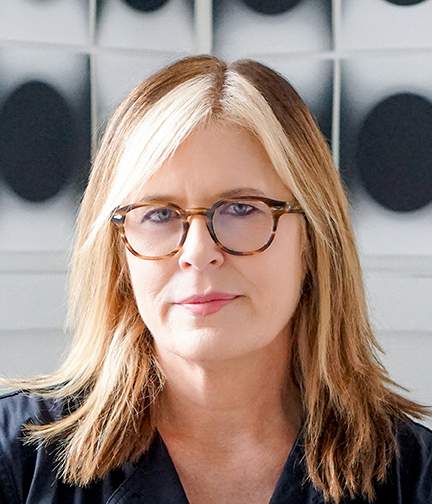
About
Joanne Dugan(http://www.joannedugan.com/) is a visual artist, author and editor who lives and works in New York City. Her ongoing fine art practice involves the use of traditional silver-based analog photographic materials to explore photography as a physical medium. Her unique-image experimental abstract works utilize hand-cutting techniques, chemical alterations, vintage materials and repetition to explore and pay homage to the physical limitations and opportunities found in historic analog methods. Her work has been exhibited in the United States, Germany, London, Amsterdam and Japan and featured in the Harvard Review and the New York Times T Magazine, among others. As an author, Joanne’s image/text pairings have been published in seven books, including two photographic children’s books published by Abrams Books and two fine-art monographs. She is the editor of Summertime, published by Chronicle Books, a hardcover photography book featuring the work forty-six emerging and established photographers paired with literary text. Joanne is a faculty member of the International Center of Photography in New York City and the Fine Arts Work Center in Provincetown, MA. She has taught and lectured about the creative process in numerous institutions across the country and is an active mentor for students interested in harnessing their unique creative voice.
Scheduled to Teach
Gallery
LACP Interviews Joanne Dugan
LACP asks Joanne Dugan ten questions about her background, career in and beliefs about photography.
Los Angeles Center of Photography: What kind of photographer are you?
Joanne Dugan: I have two distinct, but very related creative practices: I am a visual artist working in unconventional ways with analog photo materials and am also a text/image book author. Each practice informs the other.
LACP: How long have you been shooting?
JD: I’ve been making work since I was a teenager, so it’s been a while.
LACP: Where did you get your training?
JD: My early photography work consisted of endless, repetitive practice when I borrowed every piece of equipment I could get my hands on from the local camera store I worked in while in high school and college. Later I studied at the International Center of Photography and the Parson’s School of Design in New York City.
LACP: When did you know you wanted to devote your life to photography?
JD: I didn’t choose it; it chose me, very early on.
LACP: Did you ever come close to giving up?
JD: That depends on how you define giving up. I’m often giving up something, usually related to comfort, to get to a new place creatively. So I guess I’ve given up many things in order to get to new things. My career has had many chapters, all necessary, with each step building on the previous one. I’m certainly not doing the same thing I was when I started many years ago. It all seems to be about working to keep the channels open, even when things aren’t making complete sense. I always encourage my students to keep making work until the works starts to talk back, and this is a practice I do for myself on an ongoing basis.
LACP: Have you sacrificed anything by being a photographer?
JD: No.
LACP: What have you gained by being a photographer?
JD: Everything.
LACP: What classes do you teach at LACP?
JD: My teaching focuses on the creative mindset and tools needed to harness an original, authentic voice, rather than being strictly technical (though I’m happy to share that knowledge when needed). My students do lots of experimentation and risk taking within clearly defined parameters, with the goal of making a lot of new work very quickly, while tapping into their own individual voice to make work that looks like theirs, rather than someone else’s.
LACP: What do you love most about teaching?
JD: The poet Mary Oliver wrote in Upstream, “The most regretful people on earth are those who felt the call to creative work, who felt their own creative power restive and uprising, and gave to it neither power nor time.” I teach in order to help alleviate this phenomenon of creatively regretful people. Everyone, whether they choose to give themselves the official title of “artist” or not, has a unique, sacred voice. It is my honor and privilege to help nurture and grow this voice in those I work with. And in every classroom situation, I inevitably learn as much from my students as they do from me. This exchange is always a gift.
LACP: What advice would you give someone who is thinking about making a career in photography?
JD: I believe that in the current climate it is vital to have a multi-tiered practice, with several interconnecting branches that are both experimental and practical in nature. It’s also important to shield creative work from any expectation of outcome or validation from the outside world, allowing space for work that is purely experimental. It’s a tricky balance and I suggest researching the careers of those who inspire you, looking for clues that will help inform your own practice.
Most importantly, be generous.
